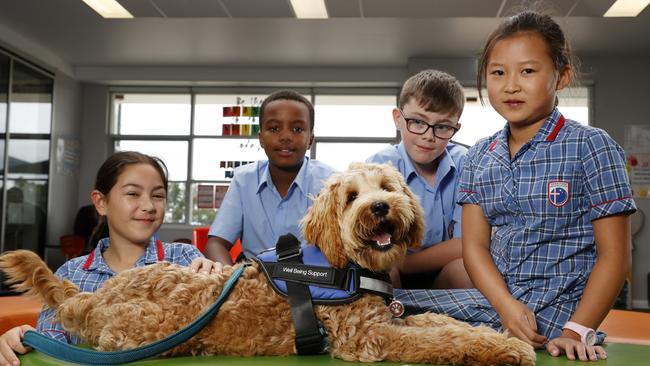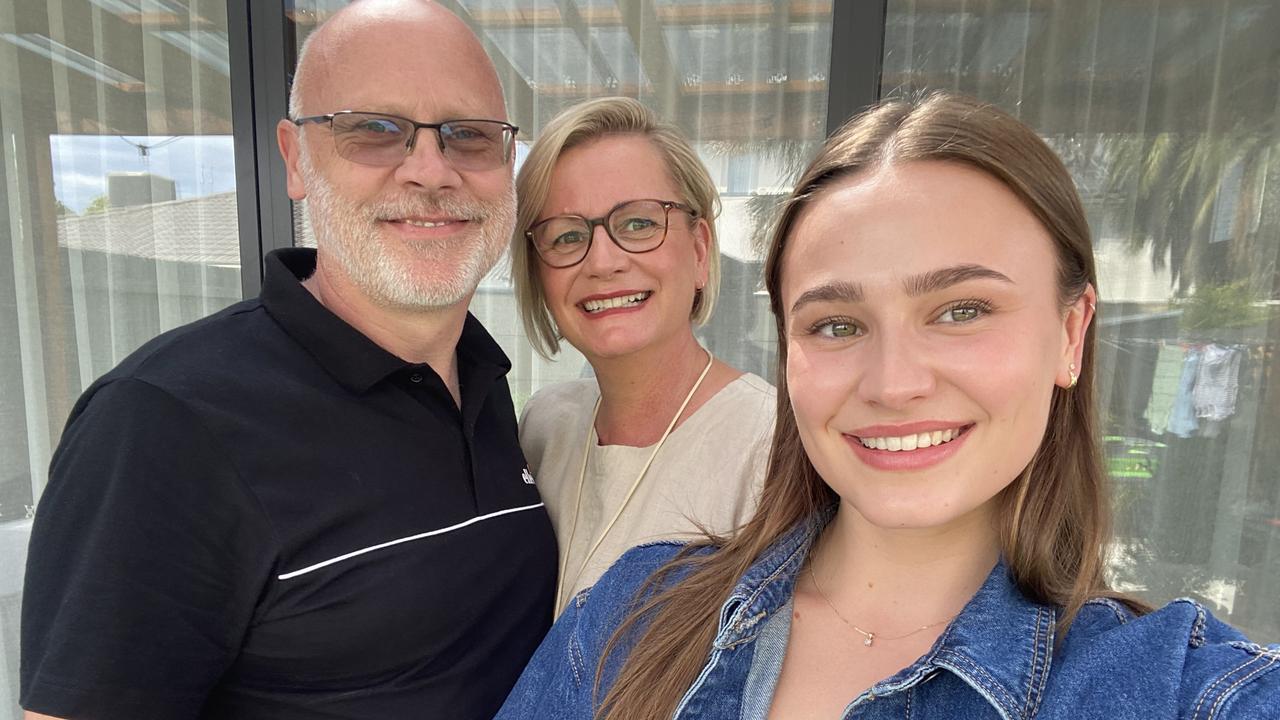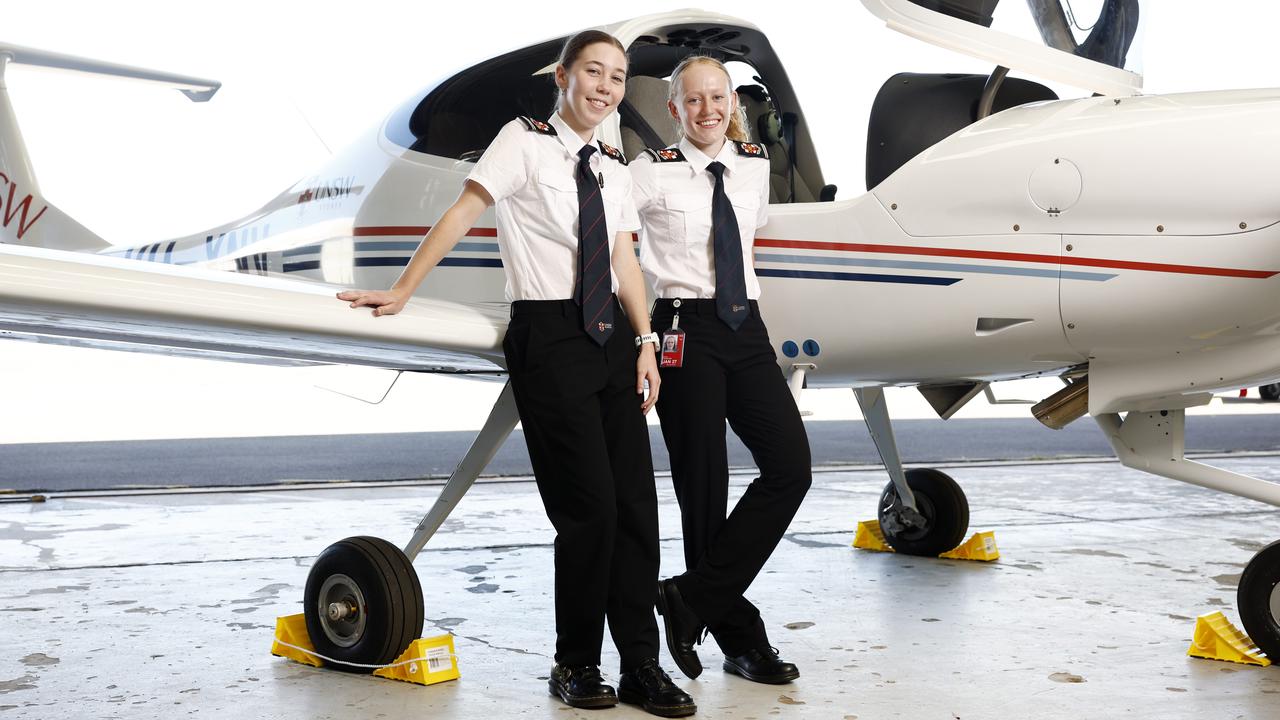Why student numbers are soaring at state’s independent schools
A “school infrastructure lag” in new suburbs has seen student numbers soar at independent schools where public schools have been slow to establish.

Education
Don't miss out on the headlines from Education. Followed categories will be added to My News.
Build it and they will come … that’s proven true for several state independent schools which have seen student numbers soar in brand new suburbs where public schools have been slow to open.
Take Oran Park, a government planned estate which welcomed its first families in 2011, yet residents had to wait almost a decade before a public high school opened its doors. Googong, just outside Canberra, is still waiting for a government high school - nine years after families moved into the self-contained township.
In both suburbs, Anglican schools were built alongside homes - and the Oran Park Anglican College has seen a more than 175 per cent increase in students in the last six years, while enrolments rose more than 600 per cent at The Anglican School Googong.
That forward-thinking is part of the reason that parents are choosing independent schools in greater numbers across the state according to Margery Evans, chief executive of the Association of Independent Schools of NSW.
Australian Bureau of Statistics data released this week revealed enrolments at independent schools across NSW increased by more than 25 per cent over the past decade.
Last year, independent schools recorded the highest growth rate across the board followed by Catholic schools, while enrolments in government schools fell for a successive year according to ABS data.
“It’s true that in some areas, independent schools are the first schools to open,” Ms Evans said. “Many of them also offer a K-12, co-educational environment which is what more and more families want.”
Labor’s education spokeswoman Prue Car said if elected, a Minns government would build several new public schools in growth areas like north-west and south-west Sydney.
“Areas like Leppington, Tallawong, Jordan Springs and Gregory Hills have grown by thousands of residents in the past decade, but public schools have run late or have not been delivered at all by the NSW Liberal Government,” she said.
“Labor’s Growth Areas Schools Plan is targeted at fixing the school infrastructure lag, by delivering schools for areas with ballooning student enrolments quicker.”

Clayton Massey, principal of The Anglican College Googong, said the school had seen a steep growth in enrolments since it was established.
“The school was conceived at the same time as the township and was built along with the first show homes ... so the story of the school is the story of the suburb,” principal Clayton Massey said.
“Often these communities start as a bunch of houses, they don’t have a heart or sense of place or even a shop. When a school starts at the same time it gives the community something, a centre or a heart.”
Oran Park Anglican School principal Naomi Wilkins said when the school was built in 2012, it was surrounded by dairy farms.
“We knew it was going to be one of the fastest growing LGAs in the state, but in the beginning that was still just a dream,” she said. “We started out as a campus of Thomas Hassall Anglican College but in 2017 had grown sufficiently to be registered as a school in our own right.”
However Education Minister Sarah Mitchell said the state government had - and would continue - to build schools in high growth areas, with 17 new schools in western Sydney alone since 2019 along with 45 major upgrades.
“We have funded new and upgraded schools in Marsden Park, Gables, Jordan Springs, Austral, Leppington and Edmondson Park - all emerging suburbs with a growing number of young families,” she said.
“The independent school sector is an important part of the NSW education system providing parents choice with their child’s schooling.
“In high growth areas like western Sydney around 13 independent schools have opened along with 62 new and upgraded public schools, the largest investment in high growth areas that NSW has ever seen.”





